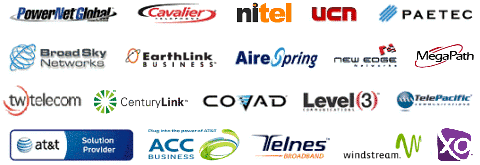What Are T1 Connections
A T1 line not a typical phone line, but a specific kind of copper line that is found in commercial offices along with fiber optic phone lines. While many people in small companies are trying out DSL, there exists a demand for T1 lines on account of the reliability that larger businesses must have. When telephone service was originally introduced, almost all the connections put to use were copper wiring. In most cases, phone lines currently utilize fiber optics to deliver data. The new fiber optics products act extremely well. Sound quality is good so customers are likely to have telephone chats without delays. Every time you use a fiber line in lieu of a dial up connection for your internet, you should not have any serious problems with connecting as long as there aren't many individuals hoping to hook-up using the very same line.
The reason why T1 lines are so popular is because almost all firms will actually have many individuals connected to the web concurrently owing to the fact that the internet is so important part of doing business in today's technology influenced work place. Copper has grown to be costlier up to now, in other words T1 lines are still quite costly for use in the home. They are only cost effective when you get or deliver a considerable amount of files rapidly regularly. Not surprisingly, they move loads of data at a speed that just certainly is not compared to DSL. This is what makes them so ideal for sizable firms that perform a lot of data transmission.
When you are using a T1 connection, you should notice the improvement instantly. Despite the fact that copper is presently in such high demand and there could be a shortage, there are enough people willing to pay a bit more to buy a reliable T1 line for their business in Middlefield. It is primarily true if your business is telecommunications.
For working in telecommunications, data speed is a major importance for the web. Attaching with a transfer rate that is just the slightest bit too sluggish often means that you will lose out on work opportunities and earnings. Acquiring a cheap T1 line is a crucial move for your business since it will get the information flow that you require using multiple platforms much faster than other connection types.
We help you with OH T-1 Line. This page is a short summary of the products specifically offered by T1Market in Middlefield.
As we go forward, our wish is to constantly improve our product offerings. We now offer business items normally used by larger firms, particularly: MPLS network service, fiber ethernet, OC3, and cloud computing bandwidth delivered over a fiber optic backbone. Many of our carriers also provide complimentary managed Cisco routers for multi-year agreements. Mainly, our objective is to create a bond with you - our client - that will last for years to come. Obtaining your trust is just what we do all the time. Conserving you money on inexpensive broadband services is exactly how we keep it.


